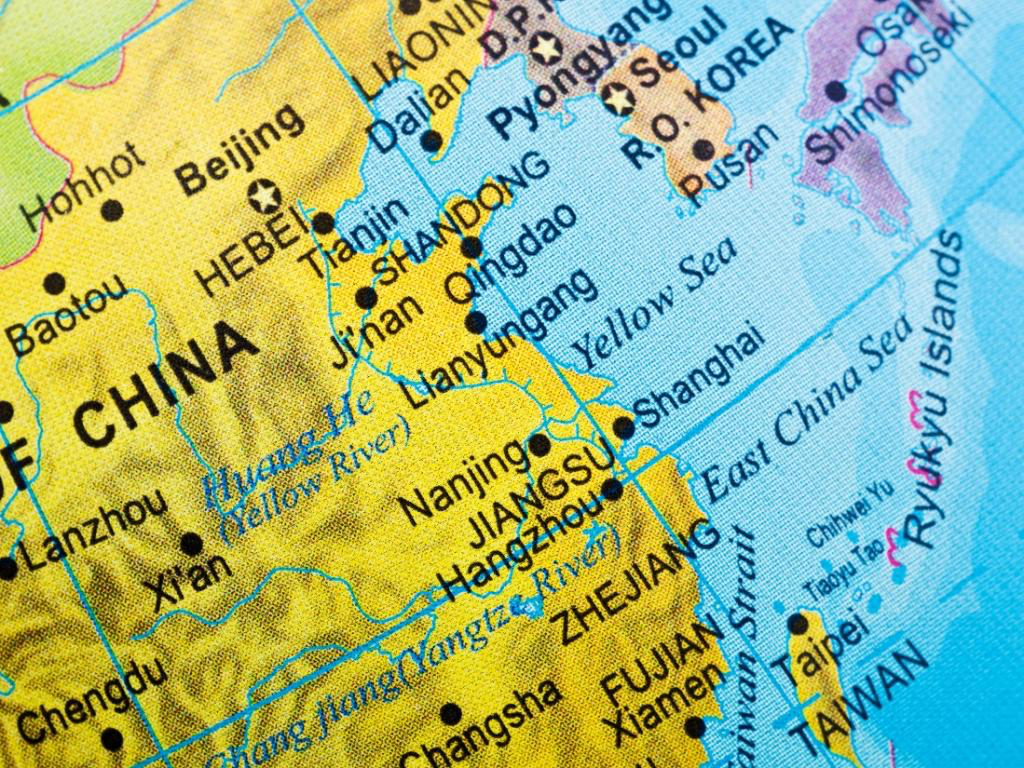
Disclaimer: Copyright infringement not intended.
Context
A report on the impact of Typhoon Doksuri in Beijing and Fujian province, China, along with its effects on other northern Chinese provinces.
Details
- More than 31,000 people from Beijing have been evacuated since July 30, 2023, due to Typhoon Doksuri.
- Beijing's average rainfall reached 140.8 mm, and the Fangshan area experienced a maximum of 500.4 mm of rainfall, the highest in the city's history.
- The Beijing hydrological station issued a red rainstorm alert, the highest level, in nine districts of the city.
- The Dashi River was expected to experience floods as per the alert.
Impact on Transportation and Infrastructure
- Hundreds of flights were canceled, and railroads, highways, and schools were closed in Beijing due to the heavy rain and flooding.
- The Beijing Public Transportation Group reported that 358 bus routes were affected, with 261 routes suspending operations.
Doksuri's Path and Impact in Fujian Province
- Doksuri entered the eastern seaboard of China through coastal Fujian province on July 28, 2023.
- It caused heavy flooding in Fujian, affecting more than 880,000 residents in the province, according to state news agency Xinhua.
Northern Chinese Provinces Affected
- Since July 29, Typhoon Doksuri brought intense rainfall to at least five northern Chinese provinces.
- Ninety-five more weather warnings were issued across the country.
Flooding Preparations in Hebei Province
- In Shijiazhuang, the capital of Hebei province, more than 20,500 people were evacuated to prepare for flooding.
- State media estimated direct economic losses of over $430 million due to the typhoon.
Casualties and Continuing Threat
- Two people have died, and two others are missing due to the storm in China.
- Heavy rains are expected to continue as the situation remains critical.
Additional Typhoon Khanun and Climate Observations
- Typhoon Khanun, China's sixth typhoon of 2023, is moving closer to the country.
- Doksuri has been the most powerful typhoon among the six in 2023 and comes after a period of record heat in China.
- Local media noted that this is the first time since 2011 that such a heavy rainfall warning has been issued.

About Typhoon Doksuri
- Typhoon Doksuri was a powerful tropical cyclone that caused extensive damage in the Philippines, Taiwan, and China, in late-July 2023.
- The fifth named storm and third typhoon of the 2023 Pacific typhoon season, Doksuri started as a low-pressure area in the Philippines, far off the coast of Mindanao.
- Tracking northwestward, it rapidly intensified into a typhoon over the Philippines prior to making landfall over the Babuyan Islands.
- Doksuri then made landfall in Taiwan as a Category 5 super typhoon, before making landfall in Fujian, China as a Category 4 typhoon.
About Typhoon
- A typhoon is a tropical cyclone that occurs in the western Pacific Ocean and is equivalent to a hurricane or cyclone in other regions.
- Typhoons are intense, rotating low-pressure weather systems characterized by strong winds and heavy rainfall.
Formation and Life Cycle
- Typhoons form over warm ocean waters (typically at least 26.5°C or 80°F) in tropical and subtropical regions.
- They start as tropical depressions and intensify into tropical storms with sustained wind speeds of 39 to 73 mph.
- If the wind speeds exceed 74 mph, the storm becomes a typhoon.
Naming Conventions
- Typhoons are given names to facilitate communication and reduce confusion when multiple storms occur in the same region.
- Different countries and regions have their naming systems for typhoons.
Impact and Damage
- Typhoons can cause widespread damage due to their strong winds, heavy rainfall, and storm surges.
- High winds can uproot trees, damage buildings, and disrupt power and communication lines.
- Heavy rainfall leads to flooding and landslides, especially in mountainous regions.
Storm Surges
- Storm surges are the abnormal rise in sea level caused by the strong winds and low atmospheric pressure of a typhoon.
- They can lead to coastal inundation and pose a significant threat to coastal communities.
Typhoon Categories
- Typhoons are categorized based on their wind speeds using various scales like the Saffir-Simpson Hurricane Wind Scale.
- Categories range from Category 1 (weakest) to Category 5 (strongest), indicating the potential for damage.
Impact on Agriculture and Economy
- Typhoons can have severe implications for agriculture, damaging crops and affecting food production.
- The economic impact of typhoons includes property damage, disruption of businesses, and potential losses in the tourism sector.
Typhoon Preparedness and Mitigation
- Early warning systems and weather monitoring are crucial for preparing communities and minimizing casualties.
- Coastal areas often have storm shelters, and evacuation plans are essential to ensure the safety of residents.
- Long-term measures include building resilient infrastructure and implementing policies to reduce the vulnerability of communities to typhoon impacts.
Climate Change and Typhoons
- Climate change can influence typhoon behavior, with some studies suggesting that warmer sea surface temperatures may lead to more intense storms.
- The relationship between climate change and typhoons is an area of ongoing research and debate.
Regional Impact and Variability
- The frequency and intensity of typhoons can vary from year to year and across different regions.
- Some areas, like the western Pacific, are more prone to typhoons than others.
|
PRACTICE QUESTION
Q) How can climate change influence the behavior of typhoons, and what are the challenges in implementing long-term strategies for typhoon preparedness and adaptation? (150 words)
|
https://www.downtoearth.org.in/news/climate-change/over-31-000-evacuated-from-beijing-as-typhoon-doksuri-breaks-rainfall-records-90916




